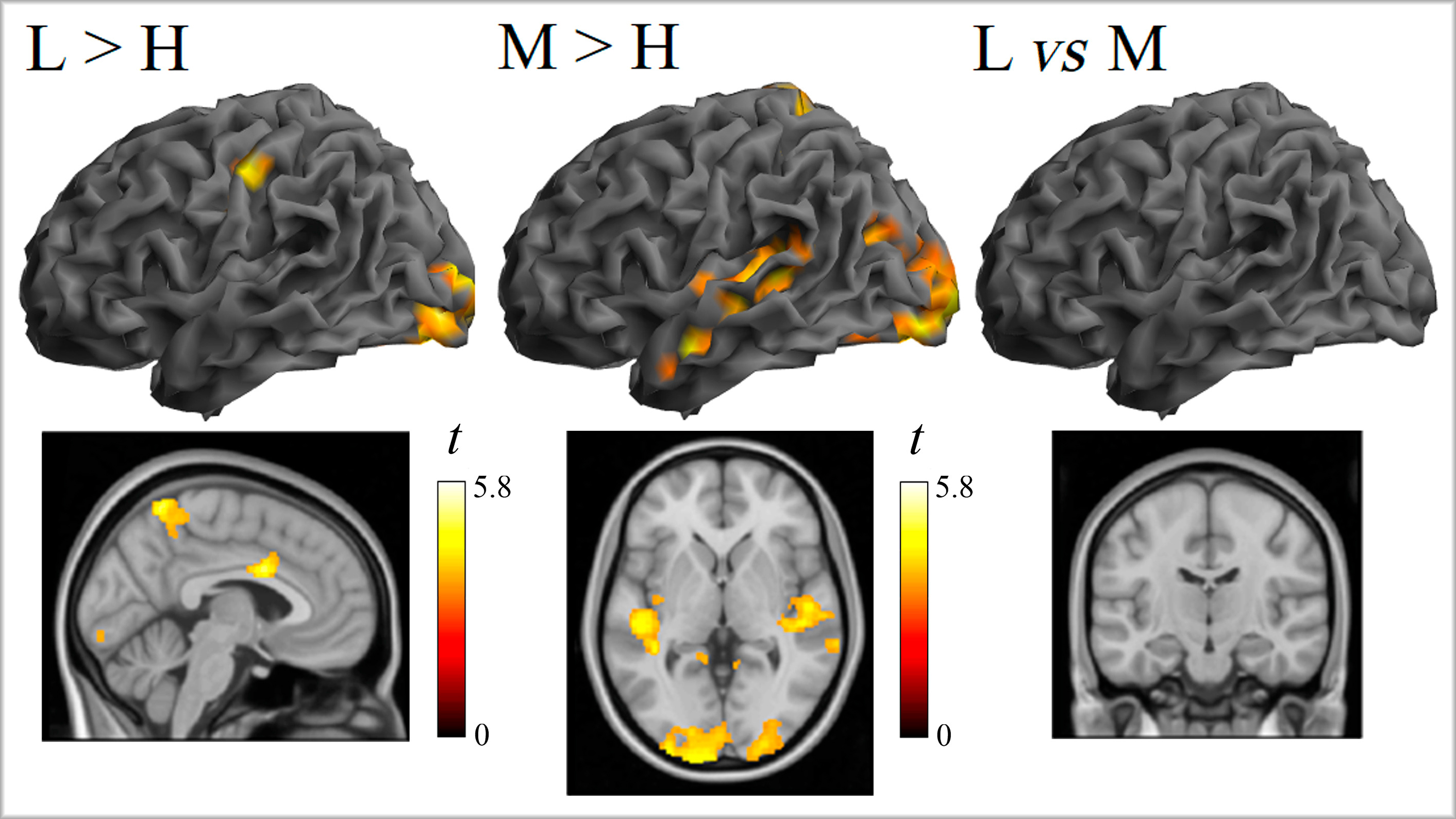Last year we learned that the Hospital del Mar and the Hospital del Mar Biomedical Research Institute (IMIM) had “photographed” the exact moment when patients anesthetized with propofol lost consciousness. Now, the same team has identified which areas of the brain react to pain during deep sedation and when anesthetized patients stop perceiving this pain.
To see which areas of the brain are activated by the pain stimulus and when they are no longer activated by the drug administration, the team monitored 26 volunteers by magnetic resonance imaging, who were sedated with propofol and then given a painful stimulus by pressing their thumbnail. They were then gradually administered remifentanil, a potent analgesic derived from morphine. The results showed that high doses of remifentanil are able to inactivate both the brainthe areas where pain is applieda and the areas that prompt the patient to wake up.
“Pain is not only suffered in the area of the brain that corresponds to the anatomically stimulated area. It has a component of biological stress that activates other areas of the brain and generates a physiological response”
Juan L. Fernández Candil, Hospital del Mar
Currently, anesthesia is dosed according to vital signs and not according to the brain’s response. The present study “teaches us that drug doses could be adjusted even better if we also want to eliminate other elements of stress that the brain undergoes beyond strictly pain”, concludes Jesús Pujol of the Hospital del Mar.
Pujol J, Martínez-Vilavella G, Gallart L, Blanco-Hinojo L, Pacreu S, Bonhomme V, Deus J, Pérez-Sola V, Gambús PL, Fernández-Candil J. 2022. Effects of remifentanil on brain responses to noxious stimuli during deep propofol sedation. Br J Anaesth. doi: 10.1016/j.bja.2022.06.038.







